Precise Removal of Cancer in Patients with the Help of Nanobots
Title
Cornell Dots
Project Duration
5 years
Team
Wiesner Nanolab, Memorial Sloan Kettering Cancer Center, Elucida Oncology, Inc.
Role
Materials Research and Development
Current Research Stage
FDA Clinical Trials Phase II
Personal Achievements
4 First Author Publications, 2 Patents
Cornell Dots
Project Duration
5 years
Team
Wiesner Nanolab, Memorial Sloan Kettering Cancer Center, Elucida Oncology, Inc.
Role
Materials Research and Development
Current Research Stage
FDA Clinical Trials Phase II
Personal Achievements
4 First Author Publications, 2 Patents

In Short
Cornell Dots or C Dots are a silica-based sub-10 nanometer nanoparticle platform that can be structurally tuned to achieve different functions, e.g. cancer targeting and cancer visualization. C Dots are currently in Phase II FDA Clinical Trials making nanobots a clinical reality.
CONTEXT
Tumor tissue and healthy tissue are difficult to distinguish by eye. Labeling a tumor with fluorescent markers in real time can support surgeons in detecting cancer sites at an early stage and help in the clean removal of cancerous tissue while leaving healthy tissue intact (Image-Guided Surgery). Such surgical decisions can have tremendeous impact on the life quality of patients. For example, lymph node removal, a common procedure to stop the spread of cancer, can cause a life-long risk of developing lymphoedema (severe swelling of body tissue).
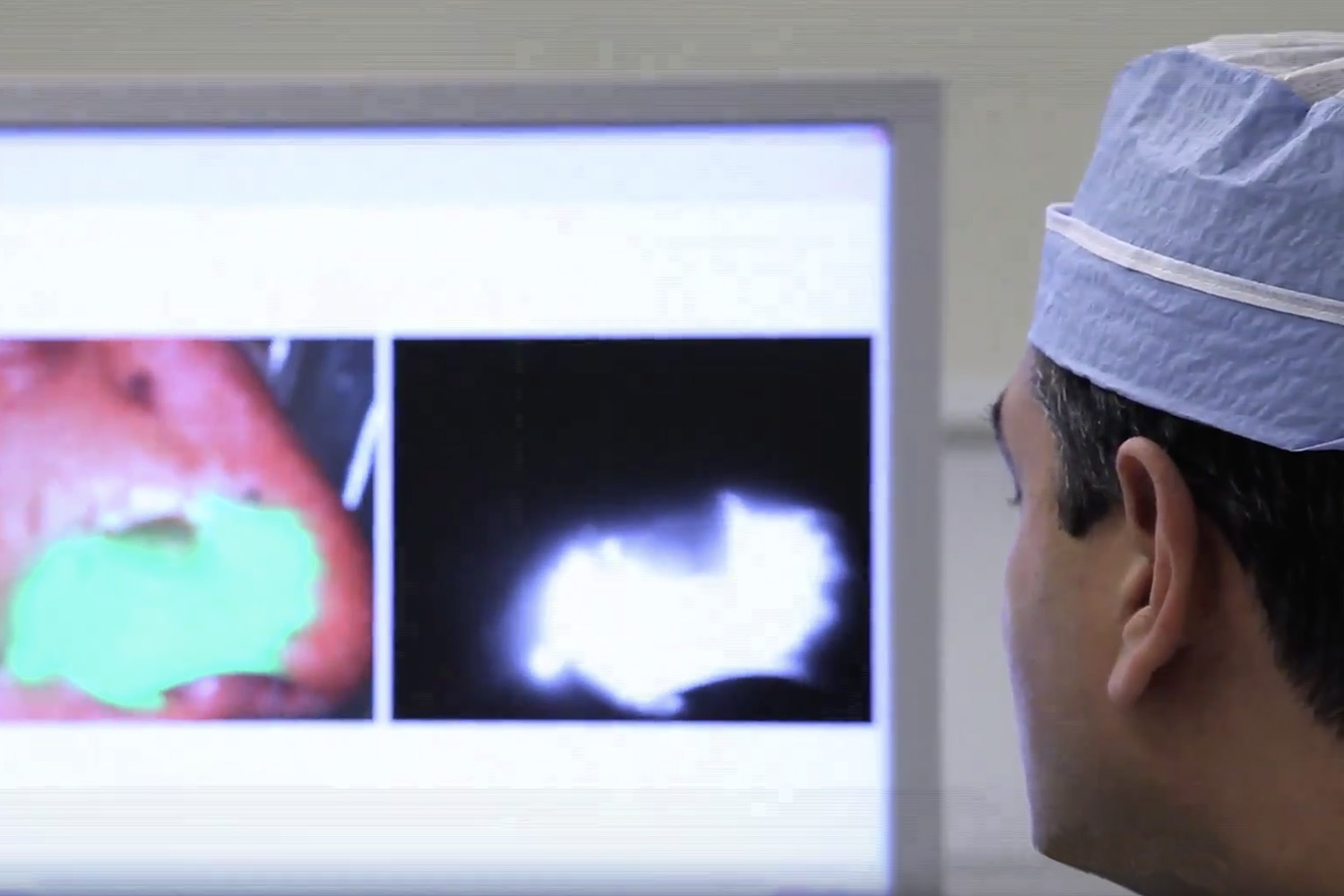 A surgeon performing image-guided surgery. The cancer site lights up green in the left window. The right window shows a fluorescent image.
A surgeon performing image-guided surgery. The cancer site lights up green in the left window. The right window shows a fluorescent image.What do nanobots look like?

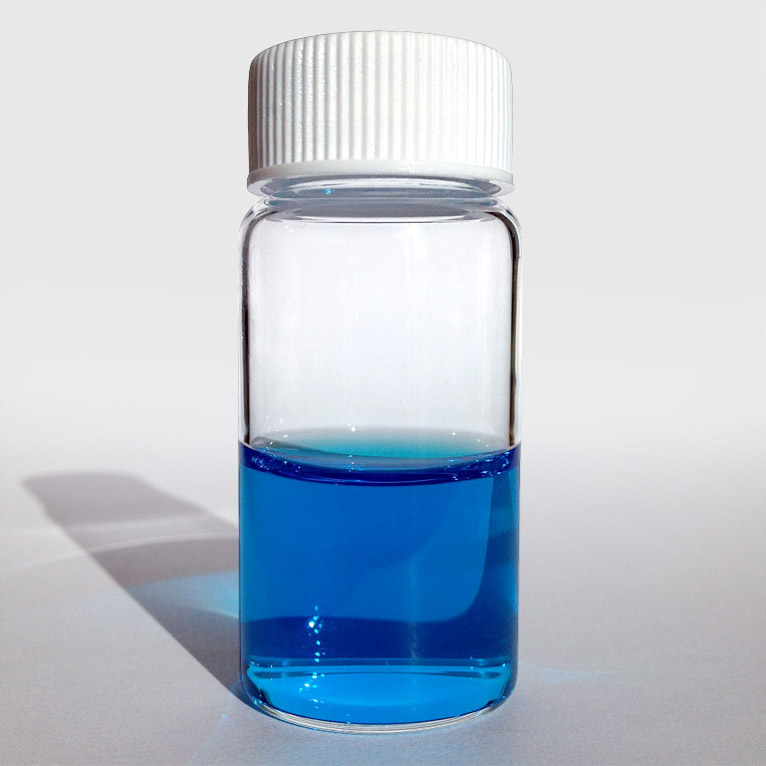 Cornell Dots in water (20 mL vial).
Cornell Dots in water (20 mL vial). 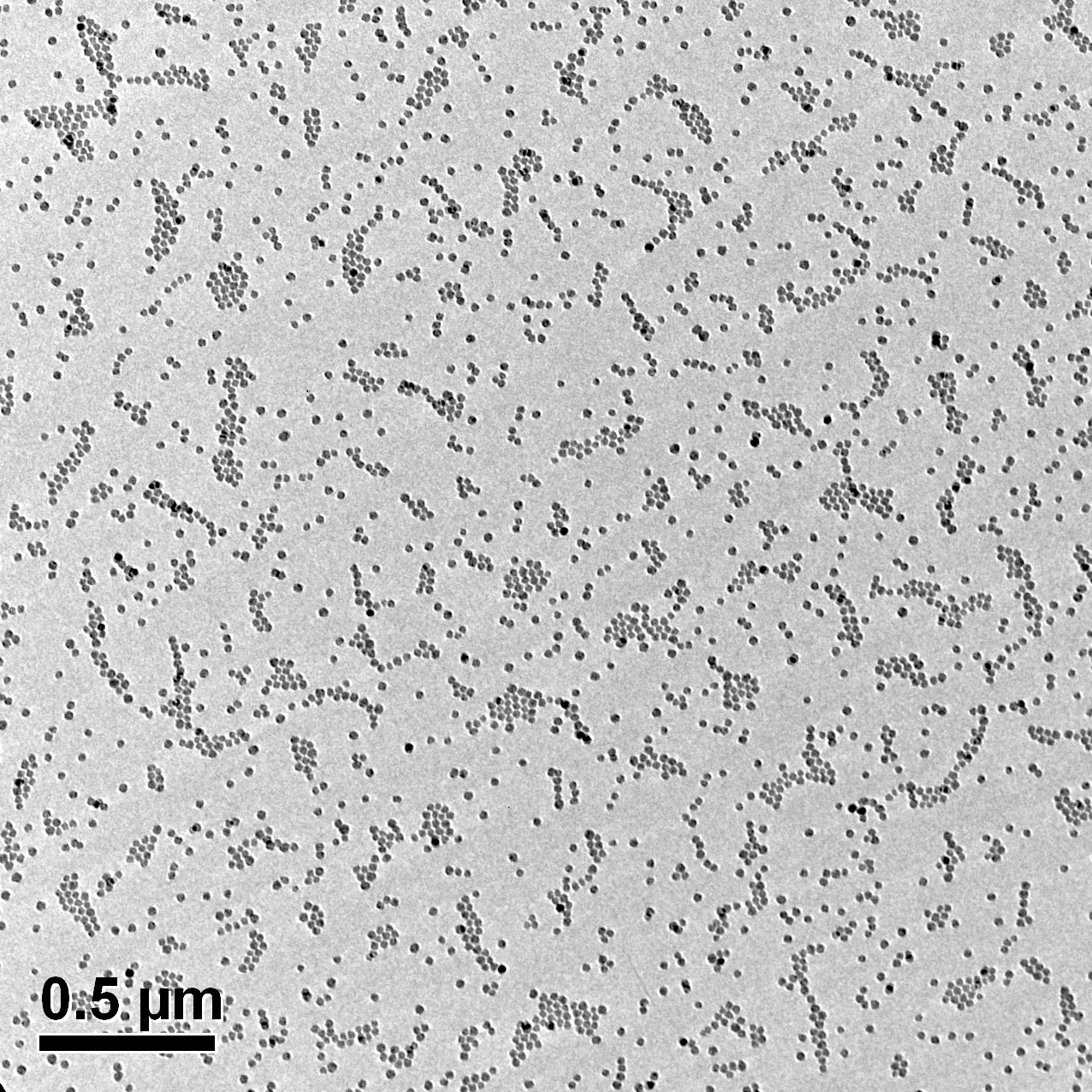
Cornell Dots as seen in a transmission electron microscope.
How are Nanobots used?
First, nanobots are injected into the body, then, molecules decorating the surface of these nanobots recognize cancer cells and stick to them for about 24 hours. During that time period a surgeon can use a special camera to see cancer via fluorescent light that is emitted from the nanobots.
What do surgeons think about our technology?
PROCESS*
*for details please see my publications.
How are nanobots made?
Cornell Dots self-assemble in water using silica precursor molecules and various additives. After thousands of material experiments a number of reliable protocols were established that yield in high quality materials.
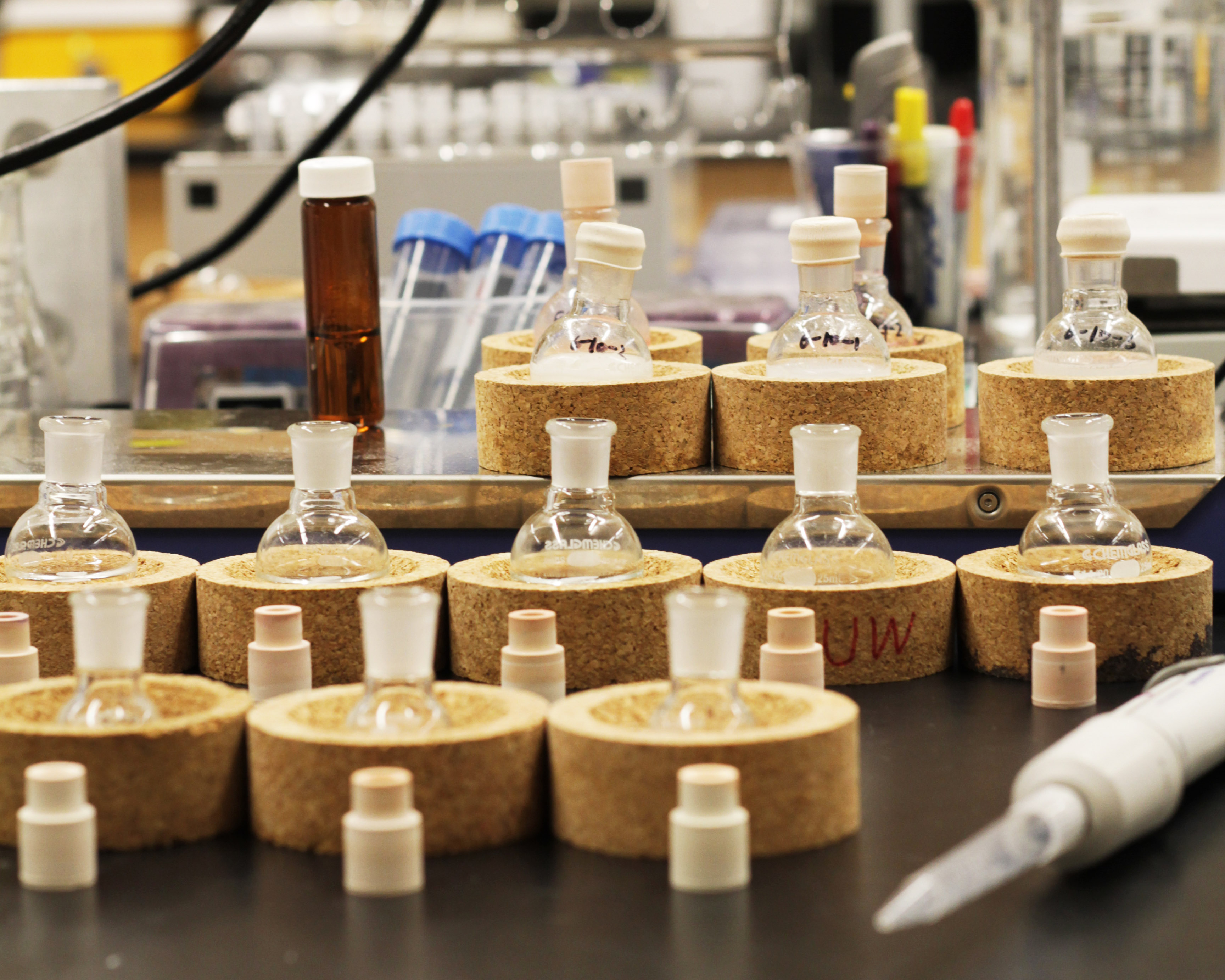
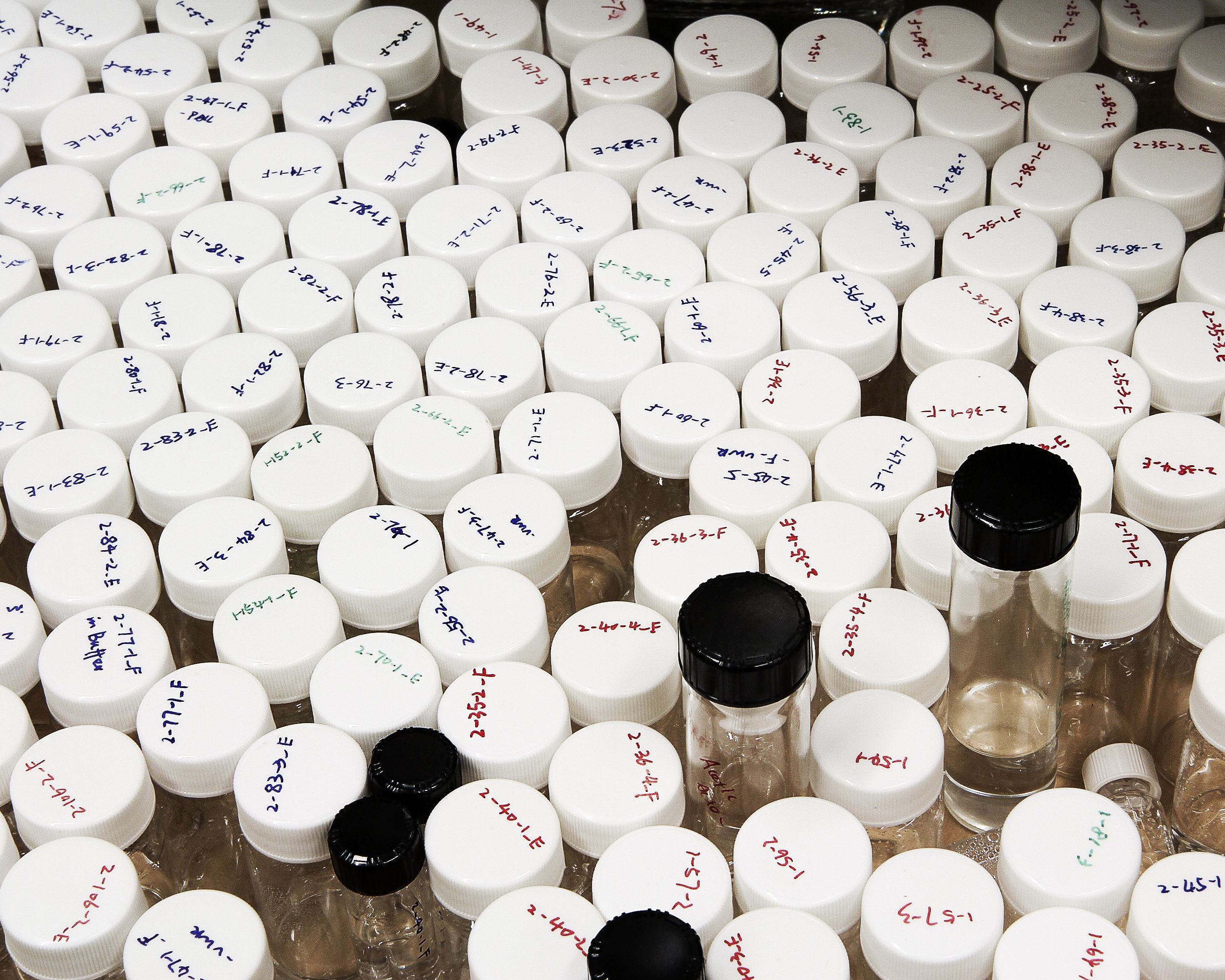
How do we guarantee the safety of nanobots?
Any commercial use of substances in the human body is strictly regulated and tested by respective governmental agencies (i.e. FDA, EMA, PMDA, etc.). In order to translate nanobots into the clinic and guarantee safe application, it is crucial that particle properties are well understood and methods for standardized quality control are established. For that purpose, we employ well-established nanocharacterization methods and developed novel methods where needed.
Any commercial use of substances in the human body is strictly regulated and tested by respective governmental agencies (i.e. FDA, EMA, PMDA, etc.). In order to translate nanobots into the clinic and guarantee safe application, it is crucial that particle properties are well understood and methods for standardized quality control are established. For that purpose, we employ well-established nanocharacterization methods and developed novel methods where needed.
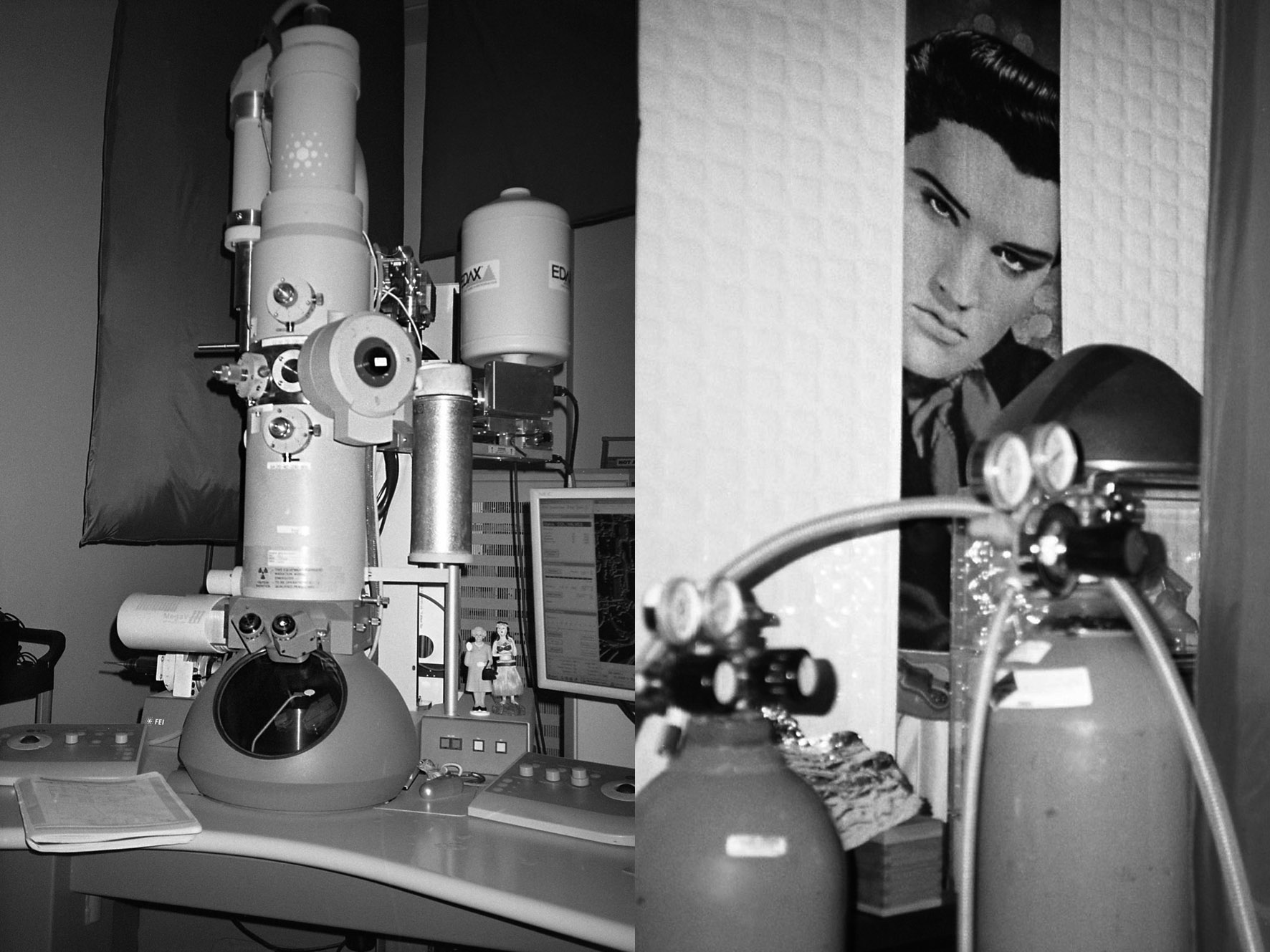
Electron microscope.

We built a custom fluorescence correlation spectroscopic setup to study the architecture of nanobots in detail.
 sample data from above’s instrument showing particle size and fluorescent dye behavior in particles.
sample data from above’s instrument showing particle size and fluorescent dye behavior in particles.